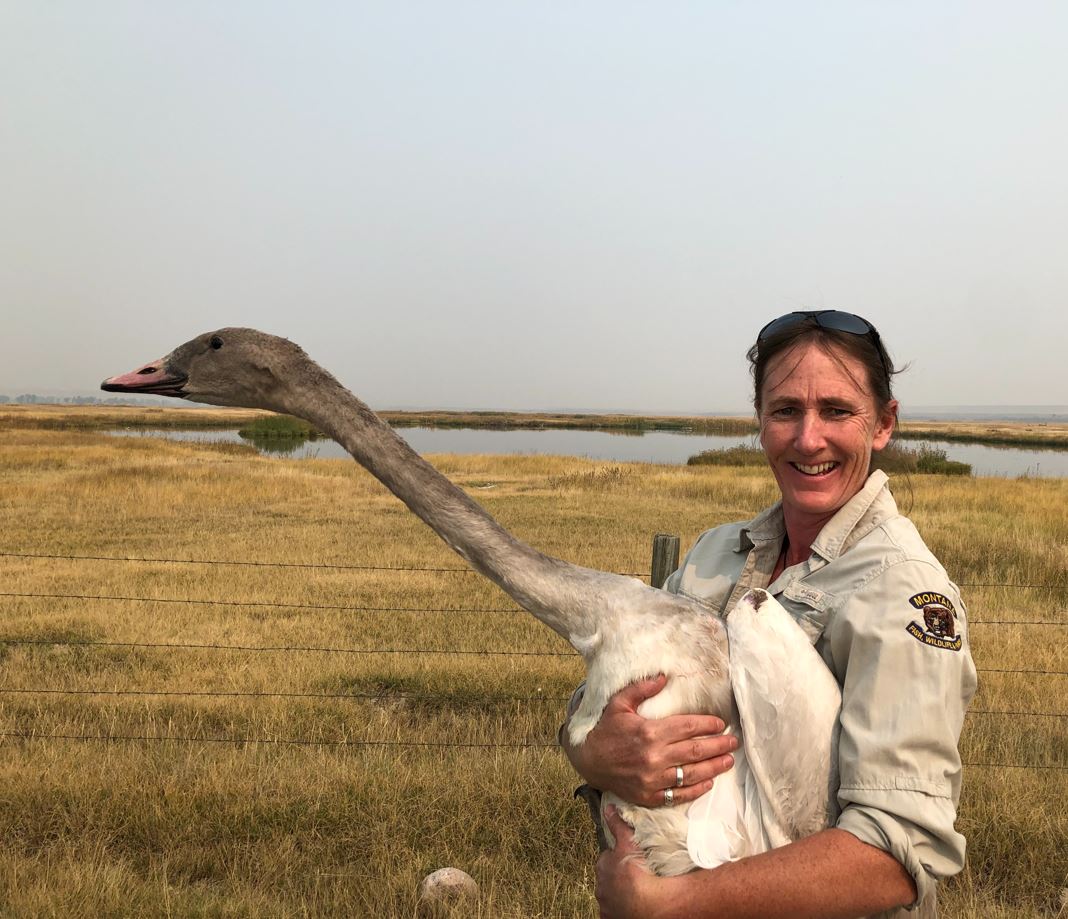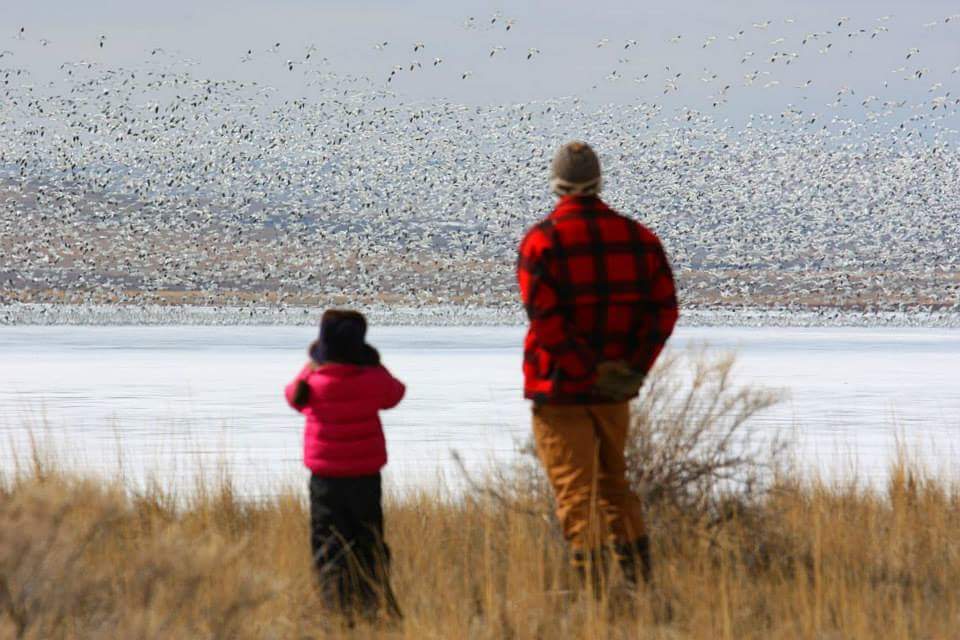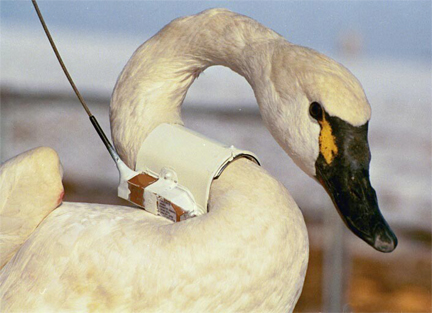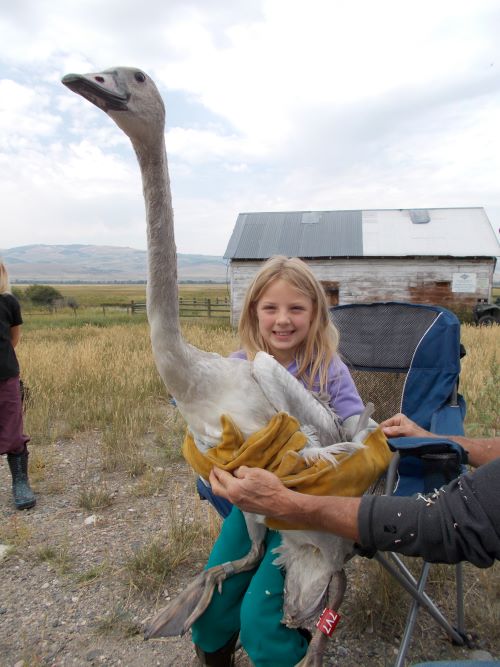
Freezout Lake Wildlife Management Area was purchased in 1953 and subsequently developed into its current status consisting of the main Freezout Lake, Priest Butte Lake, and associated ponds. The WMA is managed primarily for waterfowl production and public hunting and viewing opportunity but also provides habitat for upland game birds.
There is year-round access for viewing a variety of wildlife, but it is the spring snow goose migration that gets the most attention. Up to 60,000 snow geese along with 5,000 swans can be observed on the best of days at the WMA. The importance of this wetland is beyond measure as these birds migrate thousands of miles from winter to summer grounds needing to rest on the lake and feed in the surrounding farm fields.
For additional Freezout Lake WMA and seasonal migration status information, please visit the Freezout Lake WMA Story Map.
Average minimum spring white goose migration counts (2004-2021):
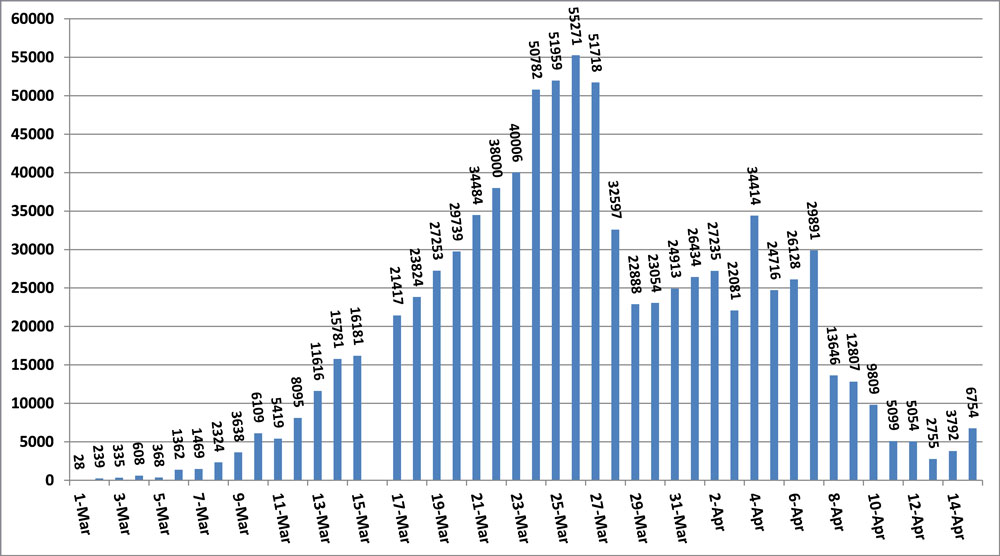
2021 minimum spring daily white goose observations:
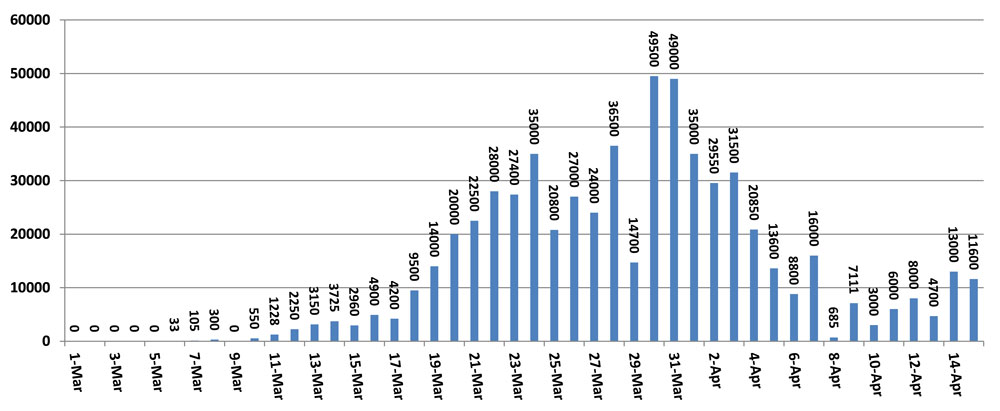
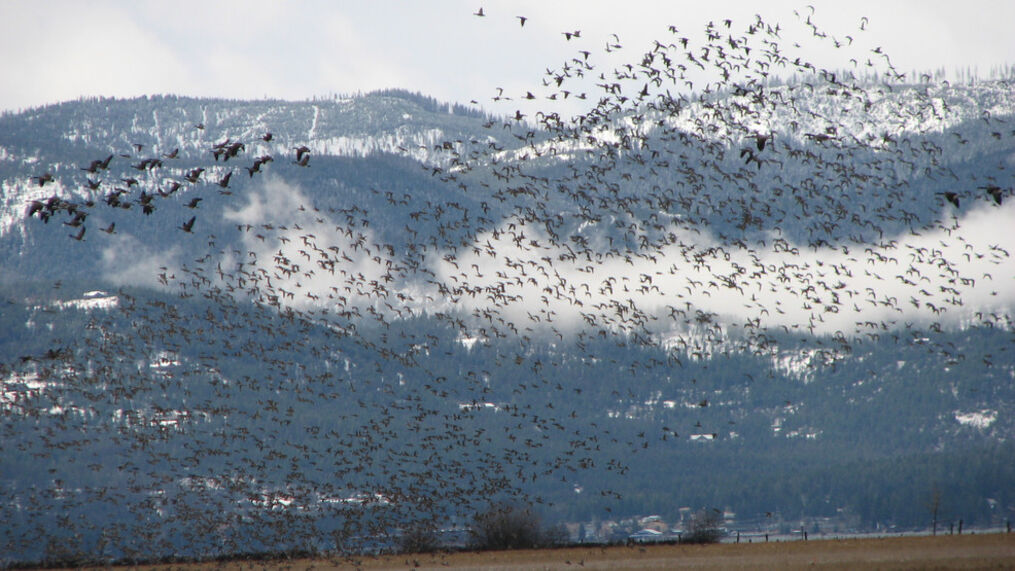
FWP owns and manages the 427-acre North Shore Wildlife Management Area located in Flathead County, just north of Flathead Lake. The WMA is a mix of cultivated grain fields, seasonally flooded grasslands, and wooded uplands. The property abuts the U.S. Fish and Wildlife Service’s 1,887-acre North Shore Waterfowl Production Area (WPA), and together they protect the lake’s longest stretch of undeveloped shoreline and are part of the Audubon-designated Flathead Lake Important Bird Area (IBA).
The IBA supports more than 229 bird species, including 172 species that are common or seasonally abundant, and hosts tens of thousands of migrating waterfowl that rest and feed in the waters off Flathead Lake’s north shore and within adjacent farm fields that flood during springtime. Development pressure and the critical importance of this area to migratory waterfowl was the driving force behind the acquisition of the North Shore WMA.
For more information on the North Shore WMA, Audobon's Important Bird Areas website


